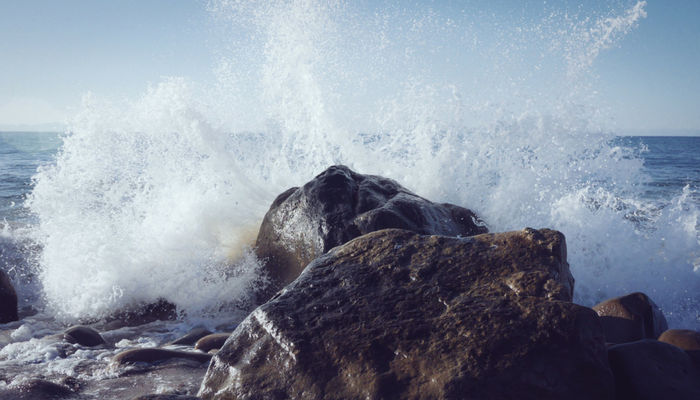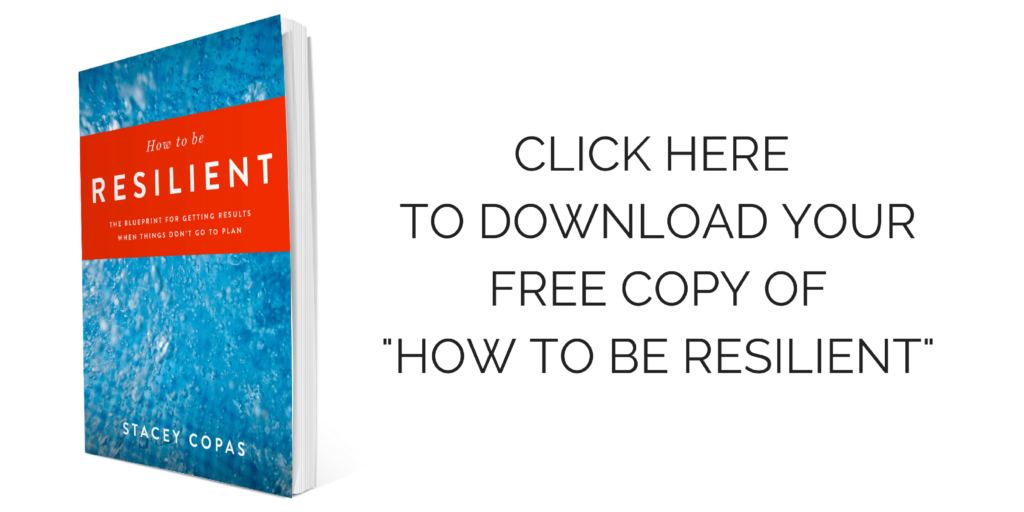
When the earthquake hit Nepal in April 2015, Nuri, a Sherpa, was helping Don Bowie and his team climb the Annapurna Circuit. Hundreds of villages were leveled to the ground. Nuri’s home was destroyed and he was separated from his family.
Bowie’s team decided to remain in Nepal to help, and Nuri, even though he yearned to be with his family, chose to stay and join the team in their efforts to provide humanitarian relief.
Thair was a student at the Arab International University in Damascus, Syria, when the civil war broke out. He fled to Lebanon, but did not stay there long, because the growing refugee population was putting a strain on the Lebanese economy, attitudes toward refugees were quite negative and tension was high.
He moved to Egypt, but the situation was the same there. Thair wanted a future for himself, which included continuing his studies, so he saved up money and bought a boat ticket to Italy with other refugees. He knew that these boats often sunk, with no survivors, but this did not deter him. He arrived in Italy and then traveled to Milan despite having no passport or money and just the clothes on his back. Thair is now in Germany, where he has applied for political asylum.
Photojournalist Giles Duley documented the stories of people facing challenging situations, but little did he know he would soon be in an immensely challenging one himself. While working in Afghanistan, he stepped on a landmine, losing three of his limbs. He lapsed into depression, thinking his life as a photographer was over.
For some time, his only companions were his memories of the resilient people he’d photographed. Their stories inspired him now more than ever to persist and survive. Today, Giles’ own story is just as powerful as his pictures.
What do all these people have in common? The answer is resilience. Most stories of resilience begin with pain, tragedy, bad news. But, like they say, the darkest hour is before the dawn. In a TED talk that’s been watched hundreds of thousands of times, Giles says, “Losing your limbs doesn’t end your life. Life goes on.” And it’s true. It goes on, even though it isn’t easy.
The dictionary defines resilience as “the ability to recover or return to an original form after being bent, compressed or stretched, or the ability to recover readily from illness, depression, adversity or the like”.
I believe that it goes above and beyond that definition. Resilience is not the same as recovery. I feel that a resilient person is able to go further than they were before tragedy or disaster struck.
No two people are alike. In an identical crisis, one person will appear unflappable, while another will fall apart. Being resilient means being able to keep it together when faced with a challenge or a setback, being strong enough to keep moving even when things aren’t working out as planned.
Is resilience something you either have naturally or you don’t? I see that it is a skill that can be learned. Some of us learn it early on, sometimes even in childhood. For others, it takes longer. The more you practice some simple rituals, the more resilient you will become.
Resilience is a crucial tool to have in your arsenal. It makes the difference between success and failure. The reason people fail is usually because they are too quick to quit when things don’t go according to plan.
Being resilient means that you will be able to reach your goals no matter what goes wrong, how many things go wrong and to what extent. You will see challenges in a completely different light. Where there were problems, there are now opportunities.
Learn how to be resilient by downloading a free copy of How To Be Resilient here.

